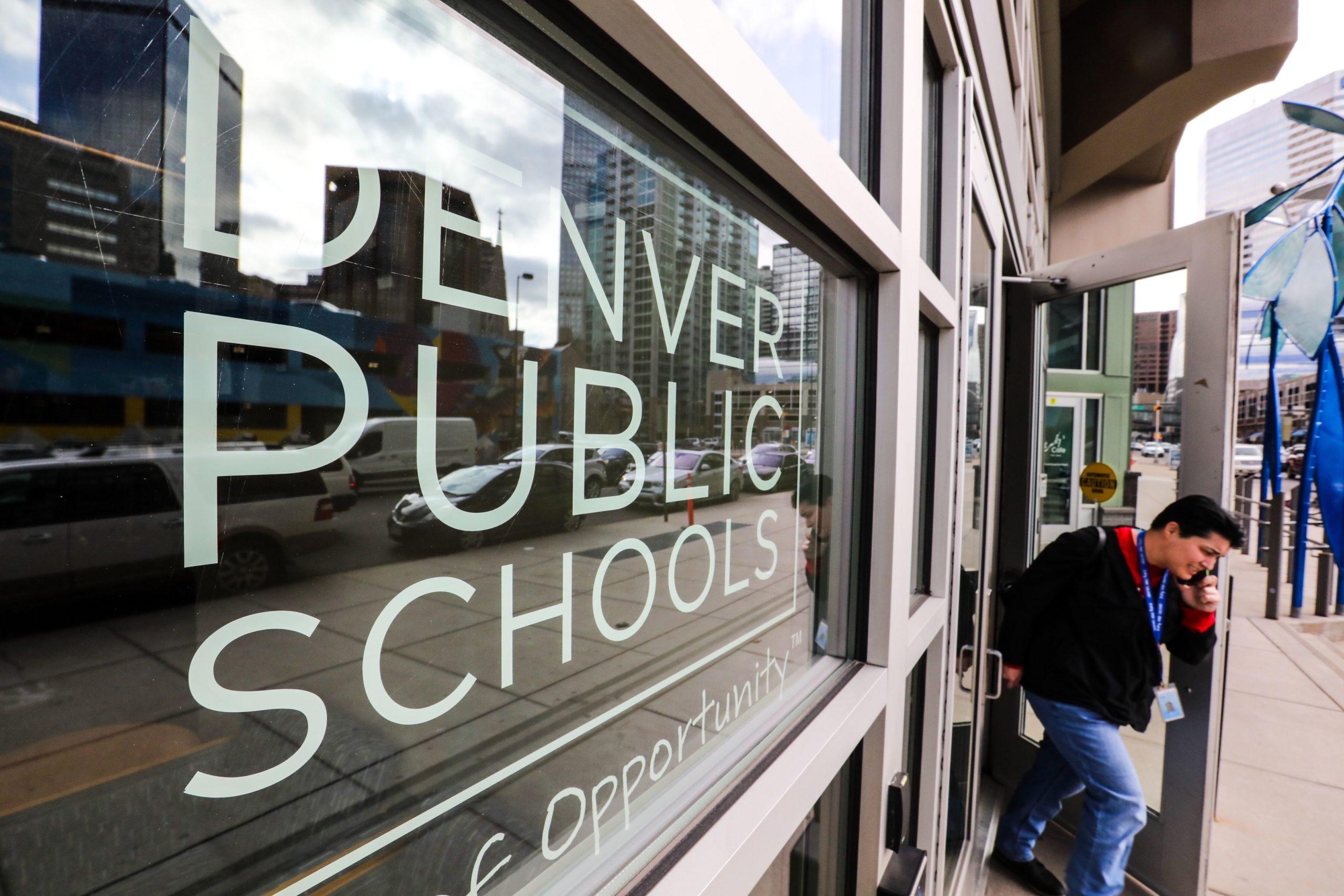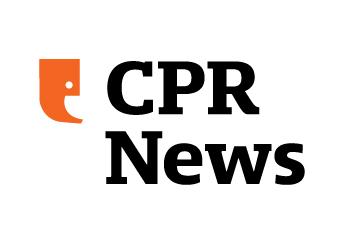
The painful process of closing schools has arrived in Colorado’s largest school district.
Denver Public Schools announced Tuesday that 10 elementary and middle schools with enrollment of fewer than 215 students are recommended for closure and "unifying" with other schools. The district said each school sits within 2 miles of another school with available capacity.
Nine of the 10 schools have a student body that is more than 85 percent students of color, and eight out of 10 have a free and reduced-price lunch population of 80 percent or higher.
- Columbian Elementary will merge with Trevista at Trevista.
- Palmer Elementary will merge with Montclair School of Academics and Enrichment K-5 grades at Montclair ECE at Palmer.
- Math Science Leadership Academy (MSLA) will merge with Valverde Elementary at Valverde.
- Schmitt Elementary will merge with Godsman Elementary at Godsman.
- Eagleton Elementary will merge with Cowell Elementary at Cowell.
- Fairview Elementary and Colfax Elementary will merge with K-5 grades at Cheltenham and ECE at Colfax.
- International Academy of Denver at Harrington will merge with Columbine Elementary and Swansea Elementary in a new enrollment zone with Columbine and Swansea.
- Denver Discovery School will merge with schools in the Greater Park Hill - Central Park Enrollment Zone.
- Whittier K-8 will merge with schools in the Greater Five Points Elementary Enrollment Zone and the Near Northeast Middle School Enrollment Zone.
The recommendation will be presented to the district’s board of education on Thursday, Nov. 3. The board will vote on the list of schools recommended for consolidation on Thursday, Nov. 17. A public comment session is scheduled for Monday, Nov. 14. The schools wouldn’t be consolidated or closed until the 2023-24 school year at the earliest.
“We know that these decisions are not easy for our community, but they are necessary for our scholars,” DPS Superintendent Marrero said in a press release. “These recommendations will not only help right-size our school district, they will allow our scholars access to more well-rounded educational experiences, and will also put the school district in a position to better address our staffing needs across the district.”
Why are schools consolidating?
On the face of it, the reasoning behind school closures is simple. Lower birth rates and higher home prices are pushing people out of Denver leading to declining enrollment. Schools receive state and local funding for each student in the building. When numbers drop too low in a school, it can’t pay for fixed costs like keeping the building running, adequate teachers or specialized support kids need like a part-time psychologist, extracurriculars, or gifted and talented programs.
But actions by past school boards and superintendents also play a role. A Chalkbeat analysis found that over the past two decades, the district added schools faster than students. Over that time, it opened 142 new schools, both publicly funded charter and district-run schools, though 60 were closed, with charter schools both growing and closing at a faster rate. The end result is a lower school-to-student ratio, the analysis found. Elementary school enrollment peaked in 2014, and middle school enrollment peaked in 2018.
DPS lost 3,600 students, or 3 percent of the total student body just between 2019 and 2021. Denver expects to lose about 3,000 more students over the next four years. That means an annual loss of $36 million to schools, which means small schools must be subsidized by the district just to keep the doors open. The district says schools with the biggest drops in enrollment costs approximately 50 percent more per student. In addition, many small schools have to combine grades into one classroom.
How did the district decide which schools to recommend for closure?
In June, an advisory committee on declining enrollment laid out a three criteria for identifying schools for consolidation or closure.
- Schools with fewer than 215 students
- Schools with 275 students with an 8 percent to 10 percent decline forecast over the next two years
- Charter schools that have been financially insolvent for more than two years. No charter schools are on the list.
Equity guidelines also guided the committee, such as giving students with unique needs access to special programming, the district said.
Once the criteria were applied, the committee then applied “equity guardrails.” That includes looking at students’ access to specialized programming, like autism or bilingual programming offered under a federal consent decree that Denver is following.
“We recognize the difficulty of these decisions and commit to humanizing this process beyond what has traditionally happened throughout the nation when school closures and consolidations have needed to take place,” Marrero said in an October press release.
DPS officials said it’s impossible to fulfill the district’s mission of providing each child with an equitable education and services in small schools.
The process of closing schools in districts across the nation is often unpopular, distressing, and difficult. Families feel connected to teachers, staff, and other parents and children. Schools can be community centers as well, where parents can tap into life supports.
Marrero said in a letter to families last week “school consolidation is about bringing communities together to solve for the enrollment decline, not because of school performance concerns.”
Impacted areas of the city
The schools that are recommended for closure are in a variety of neighborhoods, with most in the south and west/central areas of the city.
The northwest area of the city is expected to see a big decline in students in gentrifying neighborhoods in the city’s southwest, north and northwest Denver, particularly West Colfax, and the Elyria and Swansea neighborhoods. Already, the school-aged population has declined 20 percent in those two neighborhoods.








